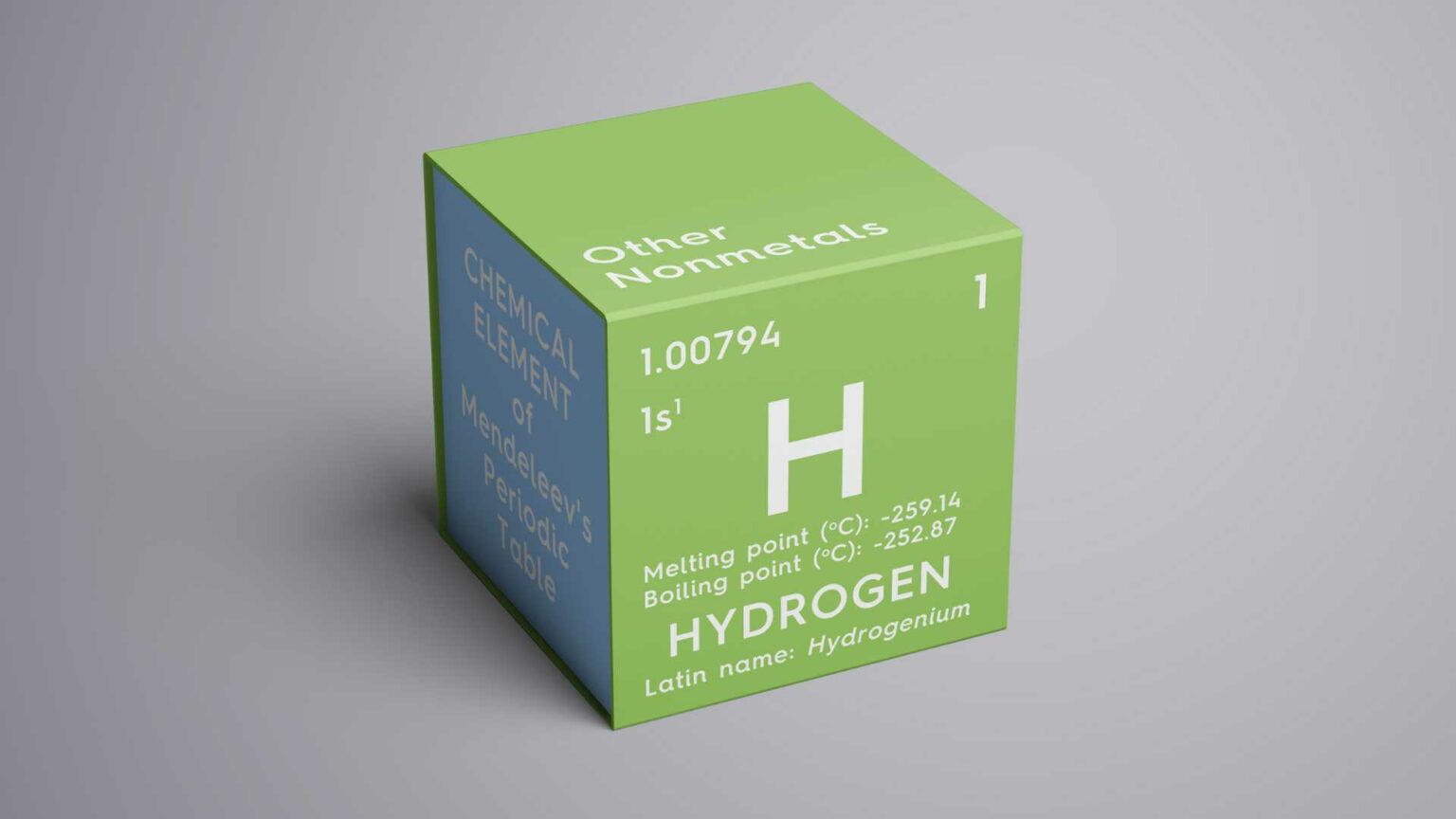The Uruguayan government has unveiled its Roadmap for Green Hydrogen and Derivatives, targeting a production capacity of 1 million tons per year of green hydrogen by 2040.
Uruguay’s goal of producing 1 million tons of green hydrogen annually by 2040 is a significant undertaking. To put this into perspective, current global green hydrogen production is far below this scale. For Uruguay to meet this target, it will need to overcome substantial technical, financial, and logistical challenges. Comparing this ambition with other national strategies, such as those by leading green hydrogen producers like Germany or Australia, will be crucial to gauge its feasibility.
The roadmap’s goal to install 18 GW of renewable energy capacity and 9 GW of electrolysers is ambitious. As of late 2022, renewables constituted 91% of Uruguay’s power mix, a decrease from 98% in 2019 due to reduced hydropower output. The reduction highlights potential challenges in maintaining a high proportion of renewable energy, which is critical for green hydrogen production. The roadmap’s intermediate goals include 300 MW of electrolyser capacity by 2030 and 3 GW by 2035. Achieving these targets will require substantial investment and technological advancements.
The roadmap’s phased approach is logical, starting with market preparation and pilot projects, followed by scaling efforts, and concluding with consolidation. However, the success of this strategy depends on the effective execution of each phase. The transition from pilot projects to large-scale production involves significant risks, including technological hurdles and market fluctuations. A critical assessment of similar phased projects in the hydrogen sector can provide insights into potential challenges and risks.
Uruguay’s progress in renewable energy integration, currently at 91% of the power mix, is commendable but shows a decline from previous years. This decrease could impact the country’s ability to meet its green hydrogen production targets if not addressed. Comparing Uruguay’s renewable energy and hydrogen production goals with those of other leading countries can provide a benchmark for assessing the roadmap’s realism and potential for success.
